Great Depression Cleaning Hacks: 10 Affordable Solutions

The Great Depression was a time of extreme financial hardship, but it also gave rise to ingenious ways of living frugally and sustainably.
In a world where store-bought products were a luxury, people turned to simple, everyday items for their household needs—including cleaning.
Let’s dive into some of these tried-and-true cleaning methods that can still help us today.
Table of contents
Disclaimer: Simplify may receive a small affiliate commission from purchases made via links in this article but at no cost to you.
1. Vinegar: The All-Purpose Cleaner
One of the most common household items during the Great Depression was vinegar, praised for its versatility. It works wonders as a cleaner and disinfectant because of its natural acidity. Here’s how you can use vinegar in your home:
- Glass and Window Cleaner: Mix equal parts white vinegar and water in a spray bottle. Spray it on windows and mirrors, then wipe with a cloth or newspaper for a streak-free shine.
- Surface Disinfectant: Use straight white vinegar on countertops, doorknobs, and other surfaces to kill germs and bacteria.
- Deodorizer: Place a small bowl of vinegar in rooms to neutralize odors.
Lucy's Family Owned - Natural Distilled White Vinegar, 1 Gallon (128 oz) - 5% Acidity
2. Baking Soda: The Gentle Scrubber
Baking soda was another staple in Great Depression homes, used for everything from baking to cleaning. Its mildly abrasive texture makes it perfect for scrubbing without scratching.
Here are some ways to put it to use:
- Stovetop and Sink Scrub: Sprinkle baking soda directly on grimy surfaces, then scrub with a damp sponge. It’s great for cleaning sinks, stovetops, and even bathtubs.
- Deodorize Carpets and Upholstery: Sprinkle baking soda on carpets and upholstered furniture, let it sit for 15-30 minutes, and then vacuum. This helps remove odors trapped in fabrics.
- Toilet Cleaner: Pour half a cup of baking soda into the toilet bowl, let it sit for 30 minutes, then scrub with a brush for a sparkling clean finish.
365 by Whole Foods Market, Baking Soda, 16 Ounce
3. Lemon: Nature’s Fresh Cleaner
Lemons were often used for cleaning because of their natural acidity and fresh scent. During the Great Depression, people used lemons to tackle grease, stains, and odors.
- Grease Cutter: Rub a lemon half on greasy stovetops or pans to break down grease. You can also mix lemon juice with water and vinegar for a grease-fighting spray.
- Stain Remover: Lemon juice mixed with salt can help lift stains from fabrics and countertops. Simply scrub the mixture onto the stain and let it sit before rinsing.
- Freshen Up the Fridge: Place a few lemon slices in a bowl in the fridge to neutralize unpleasant odors.
Lemon Reg Conventional, 1 Each
4. Soap and Water: The Basics of Cleaning
Before the wide availability of commercial cleaners, soap and water were the backbone of household cleaning. During the Great Depression, homemade soap was a common practice, often made from leftover animal fats and lye.
- All-Purpose Soap: Mix a small amount of natural soap with warm water to clean just about anything—from floors to walls and furniture.
- Laundry: Handmade soap was grated into hot water to create a laundry detergent. It was effective and inexpensive for washing clothes and linens.
Dr. Bronner's - Pure-Castile Liquid Soap (Baby Unscented, 8 Ounce
5. Newspaper: An Old-School Glass Cleaner
Instead of paper towels or expensive cleaning cloths, people during the Great Depression turned to old newspapers for various tasks.
- Window Cleaning: After applying vinegar or a glass cleaner, crumple up a sheet of newspaper to wipe down glass surfaces. This method leaves windows streak-free and shiny.
- Shelf Liner: Newspaper was often used to line shelves and drawers, making it easier to clean up spills or dirt by simply replacing the paper.
6. Salt: A Natural Abrasive
Salt is another simple item that was widely available and used for cleaning in the Depression era. Its coarse texture makes it a perfect natural abrasive.
- Stubborn Pan Cleaner: For burnt-on food in pans, sprinkle salt directly onto the problem area, add a little water, and scrub with a sponge. It helps lift tough residues without damaging the surface.
- Drain Cleaner: Mix salt with baking soda and pour it down a slow-moving drain, followed by hot water. The combination helps break up clogs and leaves your drains smelling fresh without the use of harsh chemicals.
Diamond Crystal Kosher Salt
7. Homemade Disinfectant: Soap, Vinegar, and Water
In times of financial strain, buying specialty cleaners was out of the question, so many households relied on a simple homemade disinfectant. A mix of soap, vinegar, and water was often used for everything from scrubbing floors to wiping down surfaces.
- DIY All-Purpose Cleaner: Mix 2 cups of water, 2 tablespoons of vinegar, and a few drops of natural soap in a spray bottle. This can be used to clean kitchen counters, bathroom surfaces, and even floors. For an added fresh scent, you can include a few drops of essential oils, like lavender or tea tree.
8. Cloth Rags: Reduce, Reuse, Recycle
Before the widespread use of disposable paper towels, people reused old fabric and clothing to create cleaning rags. Repurposing was key during the Great Depression, and this sustainable practice can still save you money and reduce waste today.
- Reusable Cleaning Cloths: Instead of buying new microfiber cloths or paper towels, cut up old t-shirts, towels, or linens. These can be used to dust, scrub surfaces, or even mop floors.
- Dish Cloths: Old fabric was often used for dishwashing. With proper care and washing, these reusable cloths can last much longer than their disposable counterparts.
9. Potato Peels for Cleaning Pots and Pans
A lesser-known but highly effective Great Depression cleaning hack involves using potato peels to clean rusty or tarnished cookware. The natural starches in potatoes help lift grime and oxidation.
- Rust Remover: Take the peels of a potato and scrub them directly onto the rusted areas of your pots and pans. The starch acts as a mild abrasive and helps break down rust. For tougher rust, you can sprinkle a little salt or baking soda onto the peel before scrubbing.
10. Borax: A Multi-Purpose Cleaner
While less common in every household today, Borax was a staple cleaning agent during the Depression. It's a natural mineral used for disinfecting, deodorizing, and boosting laundry detergent's effectiveness.
- Laundry Booster: Add half a cup of Borax to your laundry to help remove stains, soften water, and increase the cleaning power of your soap or detergent.
- Tile and Grout Cleaner: Mix Borax with water to form a paste, then scrub tile and grout to remove dirt and mildew.
- Pest Deterrent: Borax was also used to deter ants and cockroaches. Sprinkle a small amount of Borax in areas where pests are entering, but keep it out of reach of children and pets.
20 Mule Team All Natural Borax
Why These Depression-Era Hacks Are Still Relevant Today
These cleaning methods from the Great Depression are more than just nostalgic—they are sustainable and budget-friendly alternatives to modern commercial cleaners. They rely on natural ingredients, reduce waste, and are safe for the environment. In a world where consumerism often leads to wasteful habits, returning to these simple cleaning solutions can help us save money and live more sustainably.
The Great Depression taught people the value of resourcefulness and the importance of using what you already have. By incorporating some of these old-school cleaning hacks into your routine, you’ll not only keep your home clean but also embrace a frugal and eco-friendly way of life.
Final Thoughts
Great Depression cleaning hacks prove that you don’t need expensive products to maintain a clean and organized home. With simple items like vinegar, baking soda, and salt, you can tackle just about any cleaning task. These affordable, sustainable solutions can help you save money while reducing your reliance on chemical-based products, making them as valuable today as they were during the toughest of times.
So, why not give these old-fashioned cleaning methods a try? Your home, your wallet, and the planet will thank you.












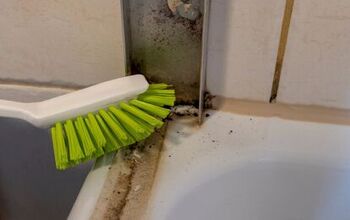


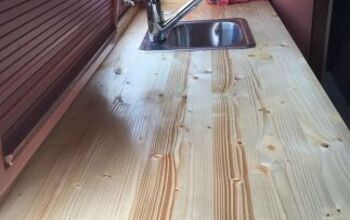




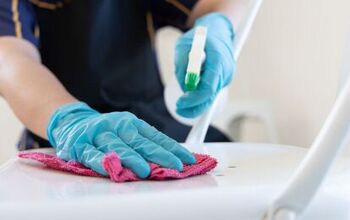
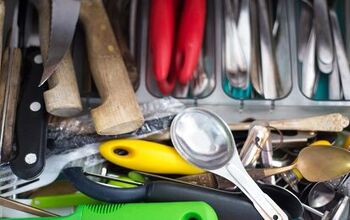




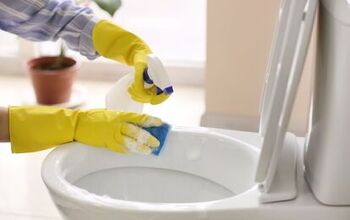
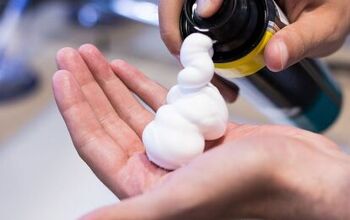
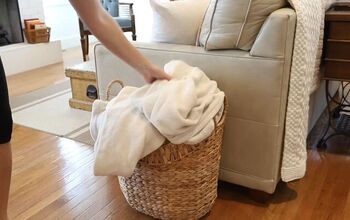
Comments
Join the conversation